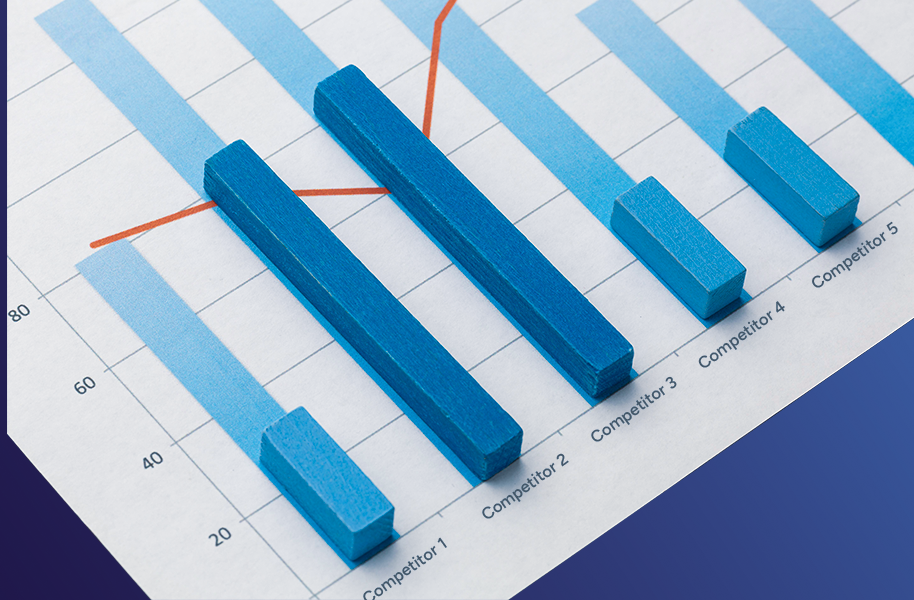An interdisciplinary field, data science aims to understand the world through analyzing vast amounts of historical data utilizing various systems, algorithms, and data mining techniques. Users can optimize and forecast company outcomes using machine learning and complex analytics, necessitating programming abilities and a strong knowledge of mathematics and statistics.
The quantitative discipline of data science includes predictive analytics as one of its sub fields. To build (or train) a model that can predict new or different data values, predictive models rely on earlier research. Modeling uses an estimated set of input elements to generate predictions to determine the likelihood of the target variable (profit, for instance).
In this blog post, we’ll examine the significant effects of predictive analytics on various businesses and the future of data science trends that could transform this field.
Table of Contents
TogglePredictive Analytics Modeling Techniques
There are various types of predictive modelling techniques used in data analysis. Here are a few.
● Decision Trees
Different kinds of classification models separate data into groups according to the categories of input variables. This is a well-known technique that helps in determining how someone makes decisions.
- Regression
It is one of the most popular techniques in statistics. Regression analysis determines the relationships between variables. It finds essential patterns in massive data sets and is intended for continuous data that may be assumed to have a normal distribution. This is common in financial models.
- Neural Networks
These are complex prediction models based on the functioning of the human brain. Neural networks consist of interconnected layers. They are helpful for complicated tasks like natural language processing and photo recognition because of their capacity to learn from large amounts of data.
Why Do You Need Predictive Analytics For Risk Management?
Multiple ways exist to use predictive analytics to handle risk. For instance, you could look for possible risks, figure out how likely they are to happen and how bad they could be, and then think of ways to stop or lessen them. Here are some specific ways that risk management can use predictive analytics:
- Identifying Potential Risks
You can find possible risks with predictive analytics by looking at old data and finding trends pointing to future risks. In the past, if a company saw that customer complaints went up after a new product came out, they could use predictive analytics to find this trend and figure out how likely it is that similar complaints will happen again in the future.
- Evaluating Probability and Effect
Predictive analytics can also help you figure out risks, chances, and bad things that might happen. Analyzing past data to find patterns can help us determine how likely a specific risk will happen and what kind of damage it will do to the business. Now you know this, you can sort risks into categories and consider ways to lower the most important ones.
- Planning for Risk Reduction
You can also use prediction analytics to find ways to avoid or reduce risks. Predictive analytics can help you figure out the best ways to handle certain risks by finding trends in old data. If a company’s past data shows that complaints go up after a new product comes out, it can use predictive analytics to determine the best ways to handle customer complaints. For example, they offer more customer service or improve product testing.
The Future Scope of Data Science
Research conducted by IBM has predicted that data science jobs will likely increase by 30%, and the projected number of job postings for data science in 2024 is 2,720,000. Moreover, the US Bureau of Labor Statistics has projected that approximately 11 million new jobs will be created by 2026.
Therefore, a data science career holds a lot of promise. Some of the most essential areas that data science will shape moving forward are:
- Growth of Disruptive Technology: Daily data quantities rise dramatically as more and more people connect to mobile devices. Technologies like IoT, AI, big data analytics, blockchain, and quantum computing will see enormous future development.
- Growth of Advanced Analytics: Data helps companies understand how customers behave and conduct in-depth market research. Predictive analytics is currently of considerable importance to businesses. They can utilize it to predict future customer reactions or product performance.
- Analytics in Education for Student Success: You may be surprised that colleges and universities use predictive modeling to improve student performance. They examine demographic data, engagement policies, and academic accomplishment to understand better how to support their students. This innovative method aims to raise standards of instruction and support students in realizing their full potential. With these techniques, educators may provide students who struggle academically or quit out with individualized support and resources. This customized approach has two advantages: greater student outcomes and higher retention rates.
Final Words
Data science is changing because of predictive analytics, which also drives progress in many other fields. These technologies have a lot of promise for the future. For example, predictive analytics can help businesses see trends coming and make smart choices. As time passes, the future of data science will continue to change, giving organizations more power and bringing about big changes in a world that is becoming more and more data-driven.




